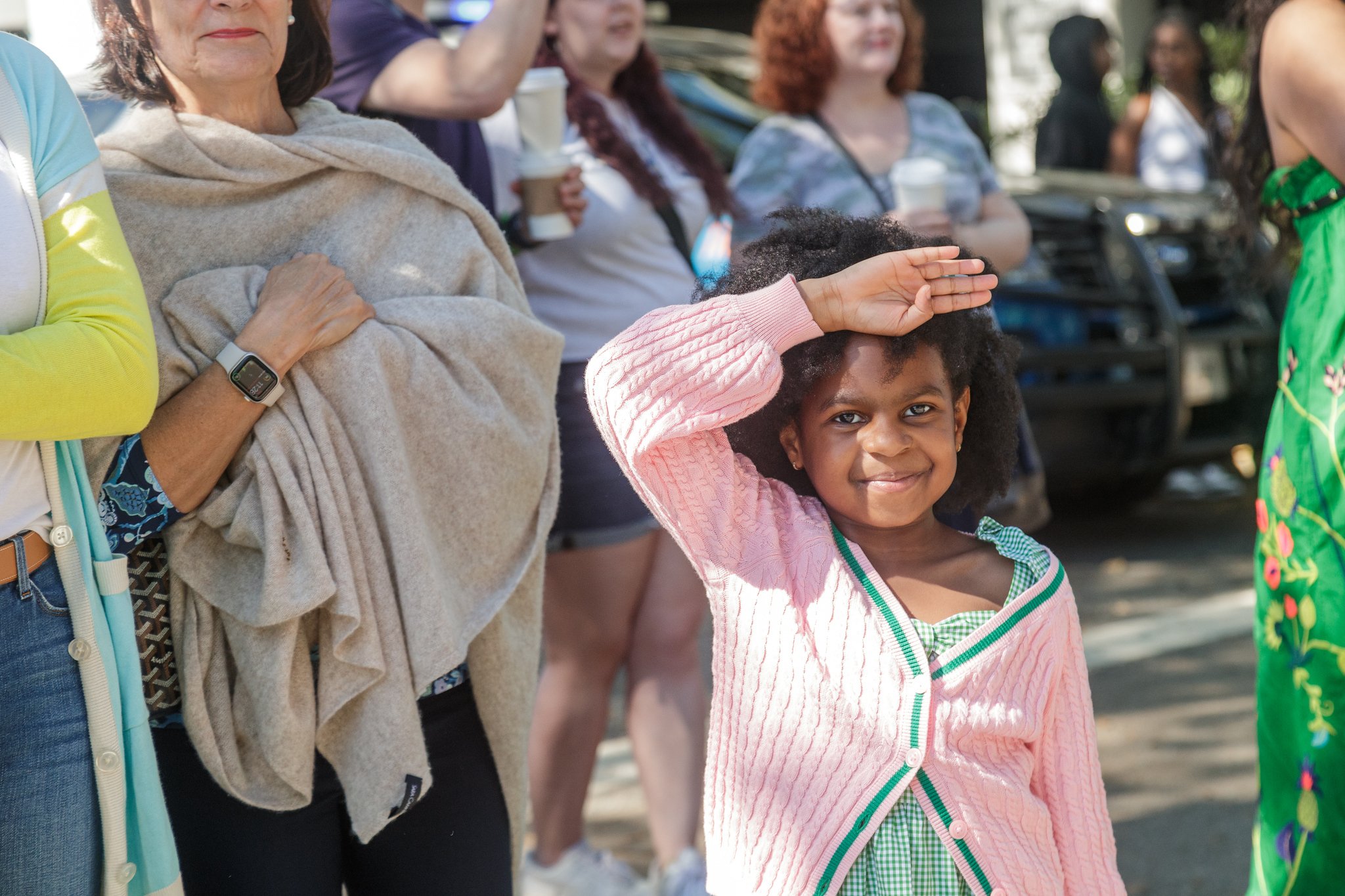Savannah Celebrates Bicentennial of its St. Patrick’s Day parade
The city of Savannah’s first public St. Patrick’s Day parade was held in 1824. It was a lively but small affair. Eighty members of the Hibernian Society of Savannah marched from the City Hotel to Savannah’s sole Catholic church, where the citizens of the city were invited to hear an address by the Bishop of Charleston, an Irishman from Cork named John England.
Two hundred years later, Savannah’s St. Patrick’s Day Parade is a cultural phenomenon. The parade is so woven into civic life that locals speak of the St. Patrick’s Day “season”—with that “season” beginning an entire month before the saint’s feast day and featuring an array of events and ceremonies.
Attendance at Savannah’s parade–to be held this year on Saturday, March 16th—is now routinely pegged at 400,000 people.
In this century, Savannah’s parade has been celebrated not only for the number of people it attracts, but for the way it exemplifies a unique kind of “Irishness” and an extraordinary measure of inclusivity.
The “affinity diaspora” of Savannah, a city where Irishness is “baked in”
As Howard Keeley, director of the Center for Irish Research and Teaching at Georgia Southern University’s Savannah Campus, explains: “In Savannah, it is certainly true that ‘everyone is Irish’ on St. Patrick’s Day. Savannah is a city with a population that is majority African American. It is headed by an African American mayor, and it is located in a county steered by a Board on which six (of the nine) commissioners, including the chairperson, are African American.
“All the schools are closed on the day of the parade. Every family has its own spot on the parade route. The Mayor and the Commissioner wear green jackets; marching bands composed of African American high school students are prominent; and Savannah State University, the oldest public HBCU in Georgia, has a float.”
There is a reason for all this, Keeley says.
“Savannah’s neighborhoods were long multiethnic. While the city center has always been ‘posh,’ African Americans along with Irish and German immigrants and a small number of Jewish people lived together in neighborhoods to the east and west of the city center.
“While in 2024 those neighborhoods have certainly changed—some depopulated, some gentrified—their memory remains strong. African American city and county officials grew up in those neighborhoods. They were once the playmates and friends of the Irish men and women who organize the parade. Thus, at the core of the Saint Patrick’s Day season is a remembrance of what it was like to live in a multiethnic community.”
Keeley calls what Savannah represents an “affinity diaspora.” It exemplifies, he says, “an Irishness that is ‘baked in’ to the character of the city.”
This unique kind of solidarity, Keeley notes, harkens back to the original 1824 parade.
“The entire reason for that event,” he relates, “was the visit that day of the Reverend John England, Bishop of the Roman Catholic Diocese of Charleston, of which Savannah was a part. Originally from Cork, Bishop England had distinguished himself in advocating for Catholic emancipation.
“On March 17, 1824, in addition to the largely Scots-Irish Hibernians, both Presbyterian and Episcopalian ministers were present at St. John the Baptist Church for the bishop’s address. His words that day reveal much about the tenor of Savannah’s first parade and festivities and how, 200 years later, the city has managed to convey a special kind of multiethnic character on St. Patrick’s Day: ‘[M]ay the example of Savannah be widely influential. Here, men who differ in religion may meet as friends and brethren. The acrimony of the bigot is not permitted to destroy the harmony of society.’”
Those words ring so true in Savannah that they are enshrined on a plaque dedicated just this year to mark the bicentennial of the parade central to the very spirit and character of the city.
_______________________________
Note: Dr. Keeley and a colleague, Dr. Meaghan Dwyer-Ryan, are partnering with the AAIDN and two other entities to advance a research and public history project. It explores how, during the nineteenth and early-twentieth centuries, Irish immigrants and African Americans interacted in working-class Savannah neighborhoods.



